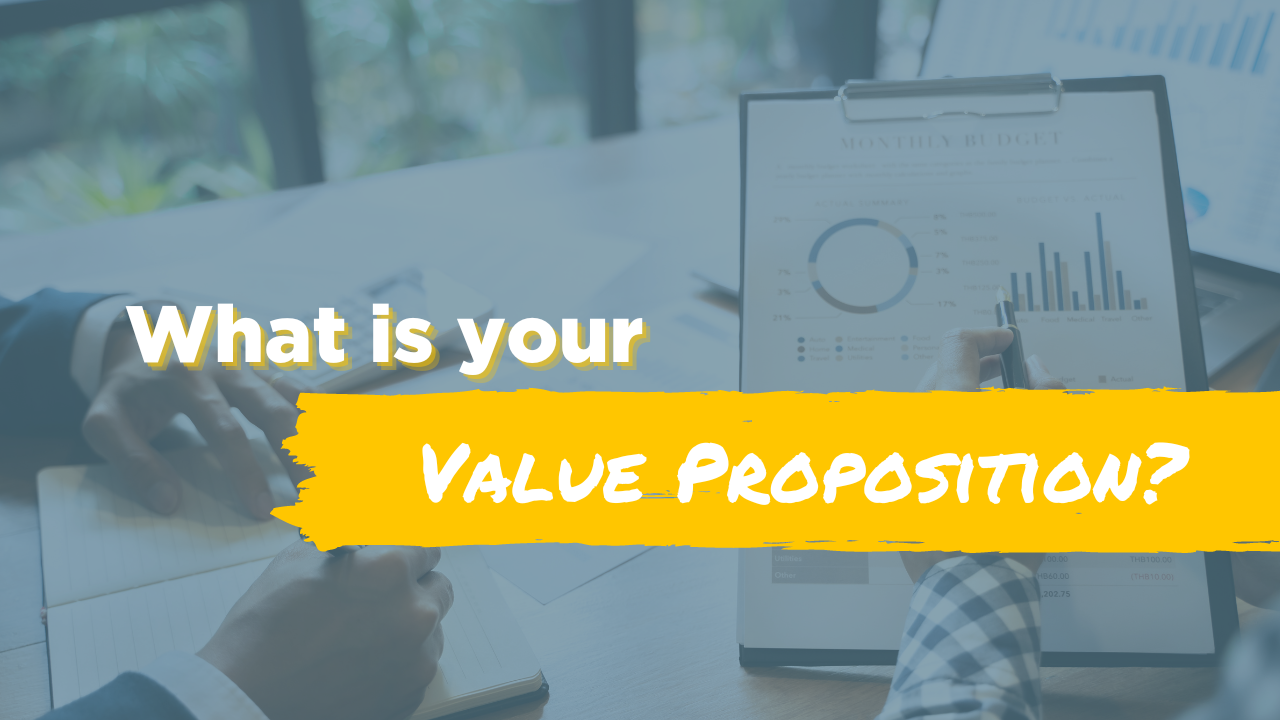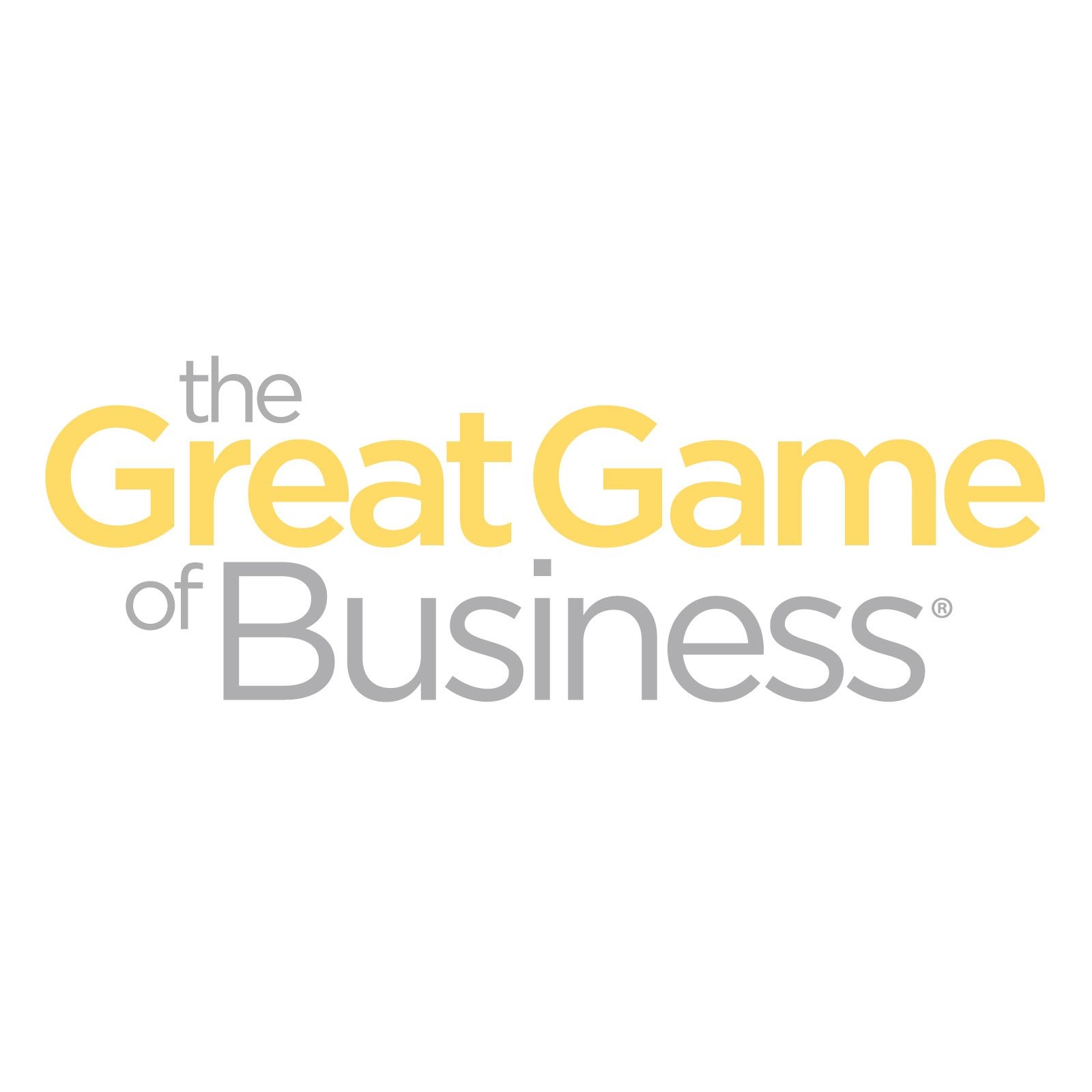 One of the questions I get asked the most by other business owners is, “How do you know how much your company is worth?” The simple truth is your company, not unlike your house, is worth only as much as someone else is willing to pay for it.
One of the questions I get asked the most by other business owners is, “How do you know how much your company is worth?” The simple truth is your company, not unlike your house, is worth only as much as someone else is willing to pay for it.
But there are many benefits in getting an appraisal of your company’s value – and that’s something we have been doing at SRC since we got our start. We understood early on that we needed a way to cash out our shareholders without crashing the whole company in the process. That’s why we made annual appraisals a part of the shareholder’s agreement we signed 30 years ago (it’s also a requirement for an ESOP – which we started 28 years ago).
Not only was that a great decision for the company, it has also helped us get pretty good at this appraisal thing, which has become a key part of playing the Game at SRC. We want every associate to understand how our company is valued because they are, in fact, the owners of it. If they can understand how the valuation process works, then they can have a better understanding of how to make the company, and their share of it, more valuable.
A real valuation will require a business valuation expert, which can run between $5,000 and $10,000 depending on the size of your business. It’s the valuation expert who will help you value your business relative to your industry.
While you need this expert’s help, you can also do a lot of the work yourself. To do that, you’ll need two key sets of data: a history of your cash flow and earnings (profit-after-tax). We use five years of data because we’ve been around that long. You’ll also need your projected earnings.
Let’s walk through an example to show how we can put them all together.
Part A: Earnings
First, let’s look at how we organize the earnings data:
|
2007/08 |
2008/09 |
2009/2010 |
2010/2011 |
2011/2012 |
2012/13 |
|
| PAT |
$90,000 |
$73,000 |
$38,000 |
$126,000 |
$170,000 |
$208,000 |
| Weight |
1 |
2 |
3 |
4 |
5 |
This should look fairly straightforward: it’s a five year-history of earnings with projections for the next year. The thing that might look different is the line that says, “weight.” Without getting too technical, this is basically a way to get a more accurate running average of your earnings where more recent results, such as 2011/12, are weighted more heavily than older results like 2007/08 (we’ll come back to the projected earnings later).
To get your weighted average, therefore, you:
- Multiply each PAT figure by its weight ($90,000 * 1; $73,000 * 2; etc.);
- Add up the five results ($1,704,000);
- And then divide by 15 (the total of the five weights).
When you complete the equation in this case, the result is $113,600.
You’re next step is where your valuation expert comes in. In our case, the expert would conduct research on market conditions in the on-highway and off-highway vehicle industry, future economic conditions and, various other variables like long-term interest rates and inflation to come up with a “multiple” we can then apply to our weight average PAT figure. In this case, the expert gave us a multiple of 5.8. (We’ll get into these estimated multiples in a future blog post.)
After we multiply our weighted average PAT by 5.8 ($113,600 * 5.8), we come up with a figure of $658,880.
Now, if we wanted to account for the debt we owe as well as any cash we might have in the bank, we’d do that here. But let’s keep it simple for now. We’ll mark the $658,880 as our “Multiple of Sustainable Earnings Capacity” and put it aside for later.
Part B: Cash Flow
Now we’ll perform a similar calculation using our five-year cash-flow history:
|
2007/08 |
2008/09 |
2009/2010 |
2010/2011 |
2011/2012 |
2012/13 |
|
| Cash Flows |
$112,000 |
$92,000 |
$68,000 |
$153,000 |
$200,000 |
$240,000 |
| Weight |
1 |
2 |
3 |
4 |
5 |
Just like we did with earnings, we’ll go ahead and calculate a weighted average of the cash flows by performing the same calculation we used with earnings, which results in a figure of $140,800.
Now we’ll take the multiple our valuation expert hands us – 4.75 in this case – and multiply our weighted average cash flow figure ($140,800 * 4.75), which gives us a result of $668,800. This is our “Multiple of Estimated Sustainable Cash Flows.” Again, we’ll put this aside for a moment.
Part C: Projected Earnings
The third figure we need to properly value our business is our multiple of projected earnings. This is where we can capture the future earnings ability of the company. If we return to the earnings chart we used earlier, we see that our projected earnings figure for 2012/13 is $208,000.
In this case, the math is easy. Our valuation expert has given us a multiple of 4.8, so when we multiply those two figures together ($208,000 * 4.8), we get a result of $979,200, which is our Multiple of Projected Earnings.
OK, we’re almost done.
Part D: The Valuation
To get our final valuation, we need to grab the final numbers from each of the first three steps:
|
Actual |
Weight |
|
| Multiple of Sustainable Earnings Capacity |
$653,743 |
2 |
| Multiple of Estimated Sustainable Cash Flows |
$664,661 |
3 |
| Multiple of Projected Earnings |
$979,200 |
1 |
The last steps in the process are to again assign weights to the figures we’ve assembled. In this year, cash is king, which means we’re going to weight the company’s ability to generate cash more than our earning’s history and our projected earnings since much has changed since 2008. (We’ll explain how the valuation assigns the weight in a future blog.)
Next, we need to multiply our actual figures by their weight, add up the results and then divide by six (the total of the weights).
When we do the math, we end up with a figure of $717,227 – the valuation of our company.
Now, there are a couple of more steps we would need to take, such as discounting that figure by 10% because we’re a private company with an uncertain market ($717,227 * 0.9 = $645,504), but this is fairly close to our final number.
Our final step is to divide our valuation by the number of outstanding shares (10,000) we have in our company: $645,504 / 10,000.
Which leaves us with a stock price of $65. The value of our associates understanding how we got here: priceless.
This is a good template to determine what the company is worth. But if another company wants to buy you for strategic reasons, for example, they might be willing to pay a premium over this. Conversely, if you are forced to sell for some reason, you might need to sell at a discount.
Again, in the end, you’re only worth what someone is willing to pay.
.png)







.png)




-5.png)

